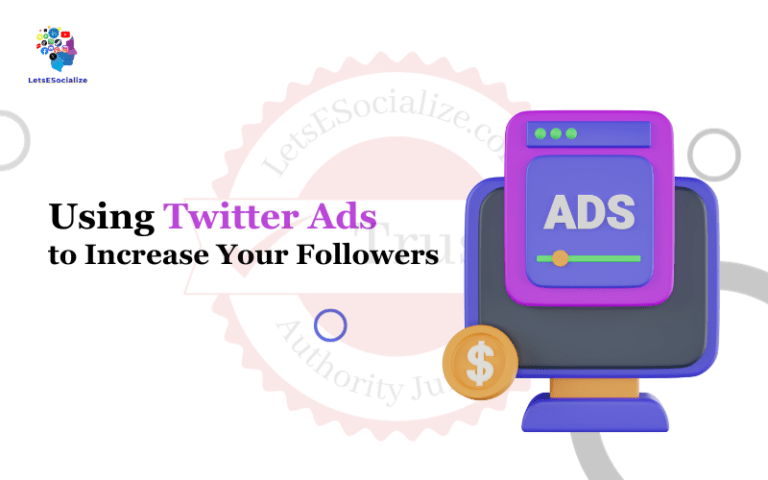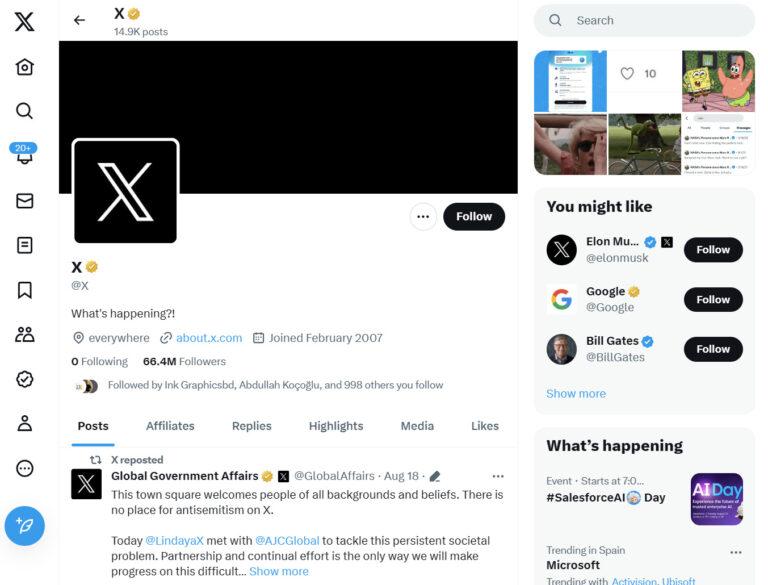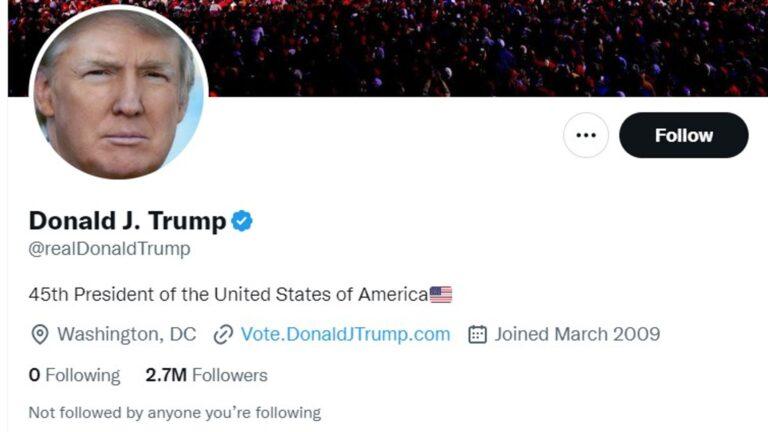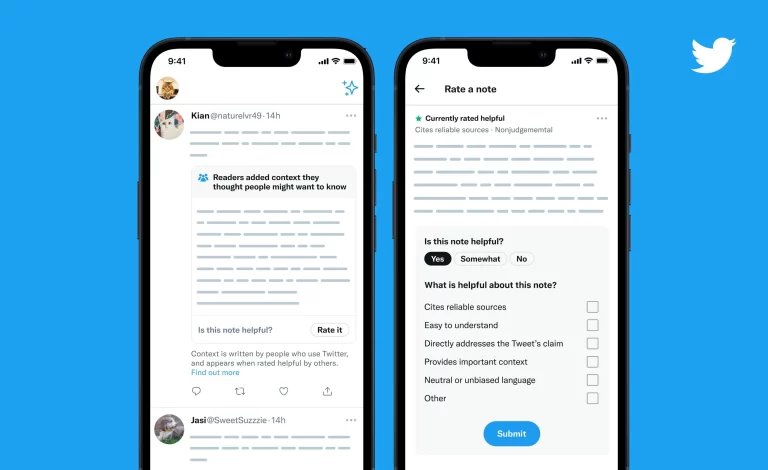Introduction
Twitter provides a powerful advertising platform for brands looking to reach targeted audiences. However, sometimes, DS may get incorrectly rejected during the review process. When this happens, understanding why and how to appeal rejected Twitter ads successfully is crucial for advertisers.
In this comprehensive guide, we’ll look at the common reasons Twitter rejects ads, the appeal process, tips for getting your ad approved, and steps to take if an appeal is denied. With the right approach, most rejected ads can gain approval through careful follow-up.
Table of Contents
Common Reasons Twitter Rejects Ads
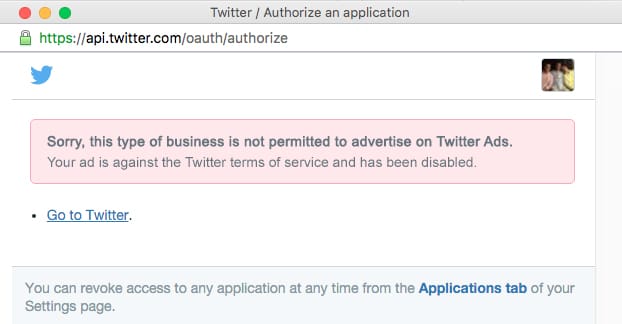
Twitter maintains advertising policies and guidelines that each ad is checked against during the review process. Here are some of the most Common Reasons Twitter Rejects Ads:
Targeting Filters
- Demographic, interest, or behavioral targeting may be too narrow or exclude groups.
Sensitive Topics
- Ads with content around sensitive topics like politics may get rejected.
Misleading Content
- Ads viewed as deceptive, exaggerated, or vulgar tend to get rejected.
Trademarks and IP
- Ads using trademarked terms or unlicensed IP often don’t pass review.
Lead Gen Ads
- Stringent requirements for lead generation ads can cause rejections.
Website Restrictions
- The ad will only be accepted if the landing page complies with the accepted policies.
Creative Guidelines
- Issues with ad imagery, video or copy can lead to rejections.
Unapproved Products
- Certain regulated products like pharmaceuticals can’t be advertised.
Understanding the potential reasons will allow advertisers to proactively create complaint ads or quickly address issues when appeals are needed.
Also read: Understanding Twitter Ads Analytics
The Twitter Ads Appeal Process
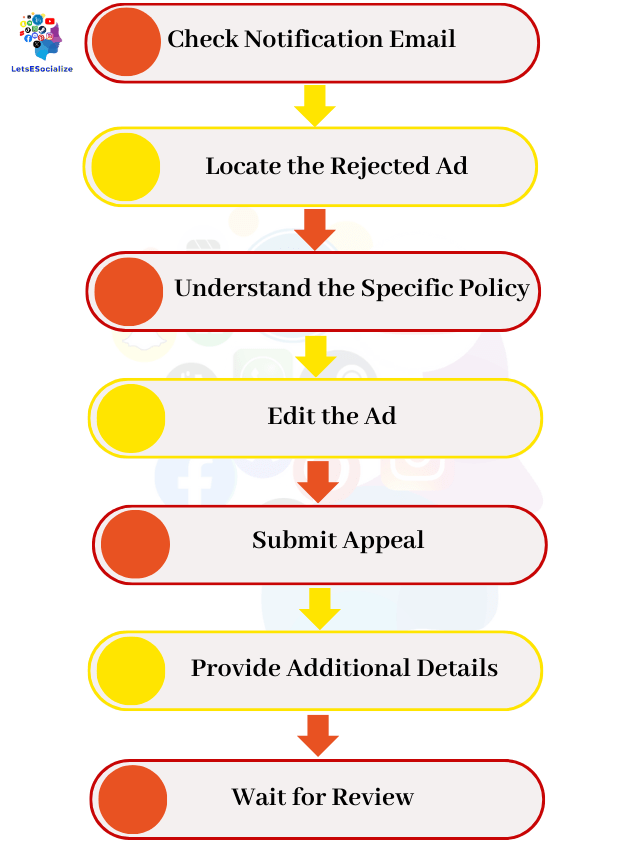
When an ad gets rejected, advertisers can appeal the decision. Here are the steps in the Twitter ads appeal process:
Check Notification Email
Log into the email account associated with your Twitter Ads dashboard. There, you’ll find an email notification explaining the rejection reason.
Locate the Rejected Ad
Go into your Twitter Ads dashboard and find the specific rejected ad under the “Rejected ads” tab.
Understand the Specific Policy
Review the email and rejection notice closely to understand what policy or guideline was violated.
Edit the Ad
Make the necessary changes to the ad copy, targeting, creative or landing page to directly address the rejection reason stated.
Submit Appeal
Choose the option to “Appeal decision”. This will open an appeal form to explain the changes made.
Provide Additional Details
Use the form to clarify how the edited ad complies with the relevant Twitter Ads policies.
Wait for Review
Twitter reviewers will re-evaluate your appealed ad against their advertising guidelines. This takes 1-3 days typically.
Many initially rejected ads can get approved with an optimized ad and a clear explanation. But further steps may be required if the Appeal is still denied.
Tips for Successful Twitter Ad Appeals
Keep these tips in mind when submitting an appeal to help get your ad approved:
- Carefully review all rejection reasons cited. Identify every issue that needs addressing.
- Edit the ad copy to remove questionable keywords, exaggerations or prohibited language.
- Change image or video creative if necessary to avoid copyright issues, controversial content or visual guidelines.
- Adjust the targeting if overly narrow exclusions or sensitive user categories were selected.
- Update the landing page if applicable to ensure it complies with content policies.
- Be cooperative in your written appeal explanation, stating how all cited problems were resolved.
- Provide legal documentation if trademark or licensed IP concerns were raised.
- Work with a Twitter Ads policy specialist if available for complicated appeals.
- Suggest limited geotargeting for rejected lead gen ads as a potential compromise.
Thoroughly understanding and directly addressing all rejection reasons will significantly improve your chances of appeal success.
What to Do if Your Appeal is Denied
If you go through the proper appeal process, but your ad is still rejected, you have a few options:
- Request further review – Ask for one more appeal review if you feel the rejection needs to be more unjustified. Provide additional explanatory details.
- Modify the ad concept – Pivot to a new ad idea that avoids any components that are getting rejected repeatedly.
- Run the ad as organic – Post the ad content natively as organic social content instead of paid media.
- Target more broadly – Consider loosening targeting parameters that may be getting flagged as too restrictive.
- Seek policy clarification – Ask Twitter support for further clarification on any unclear policy language.
- Remove prohibited elements – Eliminate any highly objectionable components like unauthorized IP that you will likely never get approved.
- Use different creatives – Test new creative images, videos, or copy that don’t violate guidelines.
- Change landing pages – If the destination site is non-compliant, remove or alter it.
Persistence and continued optimization can help eventually earn approval for many initially rejected ads.
Example: Apparel Brand Navigates Twitter Ad Rejection
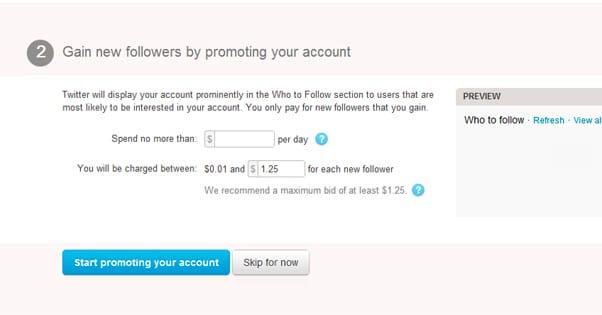
Here is a step-by-step example of a clothing brand appealing a rejected Twitter ad:
The ad uses their slogan, “Fit for royalty,” with an image of a model wearing one of their products. The ad is rejected for unauthorized use of a trademarked term.
Upon checking the rejection email, the brand reviews Twitter’s trademark policies. They edit the copy to say “Feel like royalty” instead to avoid using the trademarked phrase directly.
The brand submits an appeal explaining they modified the copy per trademark rules. However, the Appeal is denied as Twitter says the context still implies the trademarked term too closely.
After several more appeal attempts, the brand completely changed the copy, image and landing page to avoid anything potentially trademark-related.
The new ad focused on a “Summer sale” coupon code instead. This finally got approved after no trademark or IP issues were cited during the review.
By understanding the rejection rationale, iteratively modifying their approach, and determining what elements to avoid altogether, the brand ultimately achieved approval.
Avoiding Twitter Ad Rejections Proactively
Brands can sidestep rejections altogether by taking proactive steps when creating ads:
- Review Twitter ad policies and recent guideline changes before building ads.
- Use Twitter’s free ad preview tool to pre-review ads before launching them.
- Thoroughly audit landing pages to catch any policy violations ahead of time.
- Avoid overly-exclusive demographic or interest targeting.
- Test ads as organic tweets first to see if any issues arise.
- Research competitors’ ads for policy-compliant examples to model.
- Limit lead gen or political ads that have strict requirements.
- Avoid unsubstantiated claims or exaggerations in the copy.
- Secure legal approval for any trademarked or licensed IP used.
Taking the time to understand and design ads compliant with Twitter’s guidelines makes rejection less likely.
Conclusion
Though frustrating, most Twitter ad rejections can be overcome with a meticulous appeal process that identifies and resolves any problems cited.
By studying policies, carefully optimizing ads to adhere to guidelines, providing clear explanations, and knowing when to adjust strategy, brands can successfully navigate the appeals procedure and get their ads in front of target audiences.
Proactively compliant ads can preempt rejections altogether. Mastering Twitter ad compliance leads to more effective campaigns and greater return on ad spend.



